Traveling in Cuba
Cuba. The destination left unknown and unexplored for many American travelers. Between the confusing U.S. and Cuba relations and the roundabout means you take to get there as a tourist, it is a more difficult backpacking destination.
The political climate between the U.S. (or Estados Unidos) and Cuba has been cold since we first began combatting communism in the 50’s. But that unknown and undiscovered feeling just made the country all the more appealing to me. Honestly, before boarding my flight my knowledge of the country was limited to Fidel Castro, 1950’s American cars, and I’d heard some pretty stunning beaches.
During my time in the country, I learned A LOT about Cuban history. And I also saw many of the unfortunate results firsthand of the American embargo.
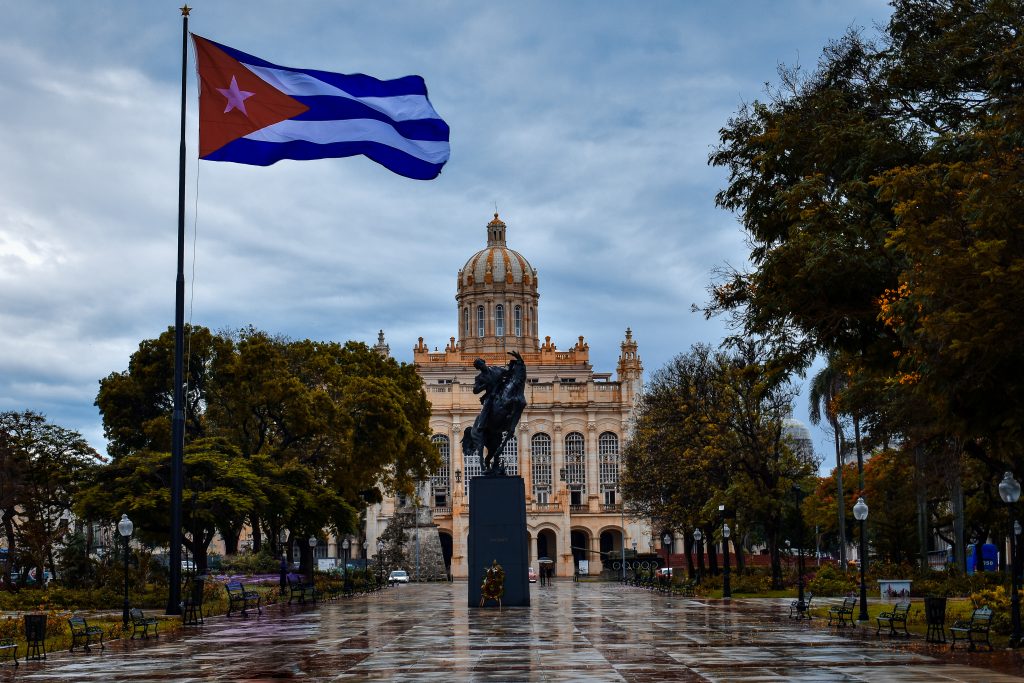
Let me begin by saying the Cuban people are some of the kindest humans I have ever encountered. A country with so little access to food and supplies welcomed us with open arms into their homes. They gave us travel suggestions, cooked us
Traveling here as an American was eye-opening to the impact our country has on other regions of the world. Our 70-year-old embargo has frozen Cuba in time. And although it can seem appealing because of the infamous French and Spanish architecture, classic cars, and resort free beaches; it has left the Cuban people at a severe disadvantage. Generations of Cubans have known grocery stores and markets with no food on the shelves. No money generated from exporting tobacco to fix their crumbling infrastructure. No reliable internet connection to interact with family and friends abroad.
So first things first, how as two Americans did we travel throughout and budget Cuba??
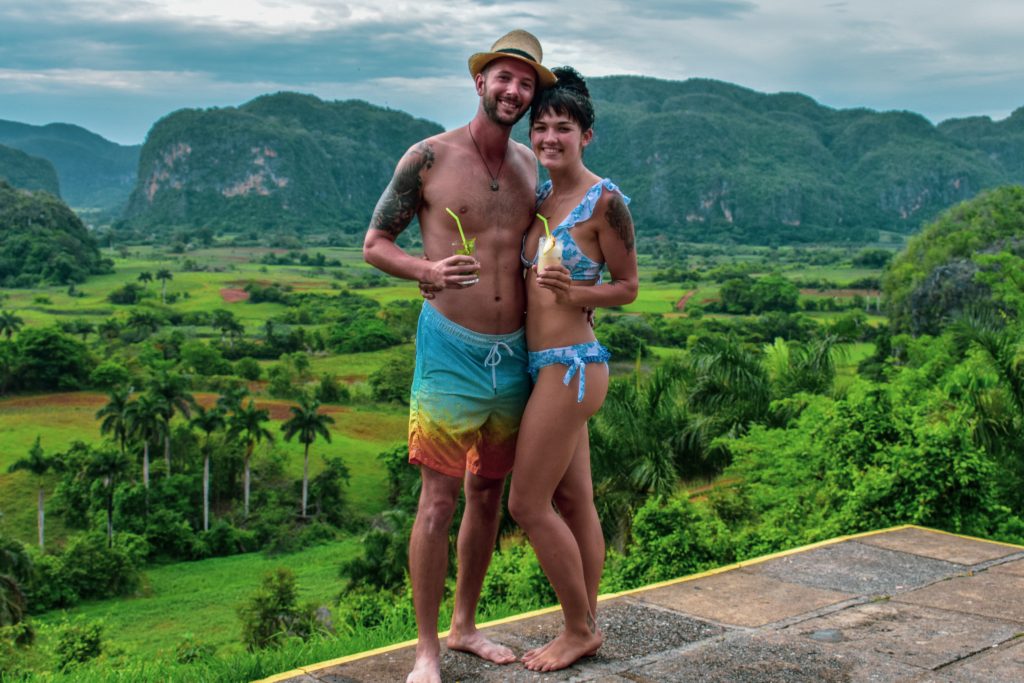
Like many other countries, Cuba requires that you purchase a visa before arrival. Currently, there are 12 kinds of visas you can purchase, none of which are for general tourism as an American. The only way to fly straight from the US to Cuba is to go with an “educational tour” visa. This requires you
This isn’t exactly our cup of tea. So we followed in the steps of many backpackers before us and flew to Mexico first. From the Mexican airport, we obtained a visa for “Support of the Cuban People” and then flew on to Cuba.
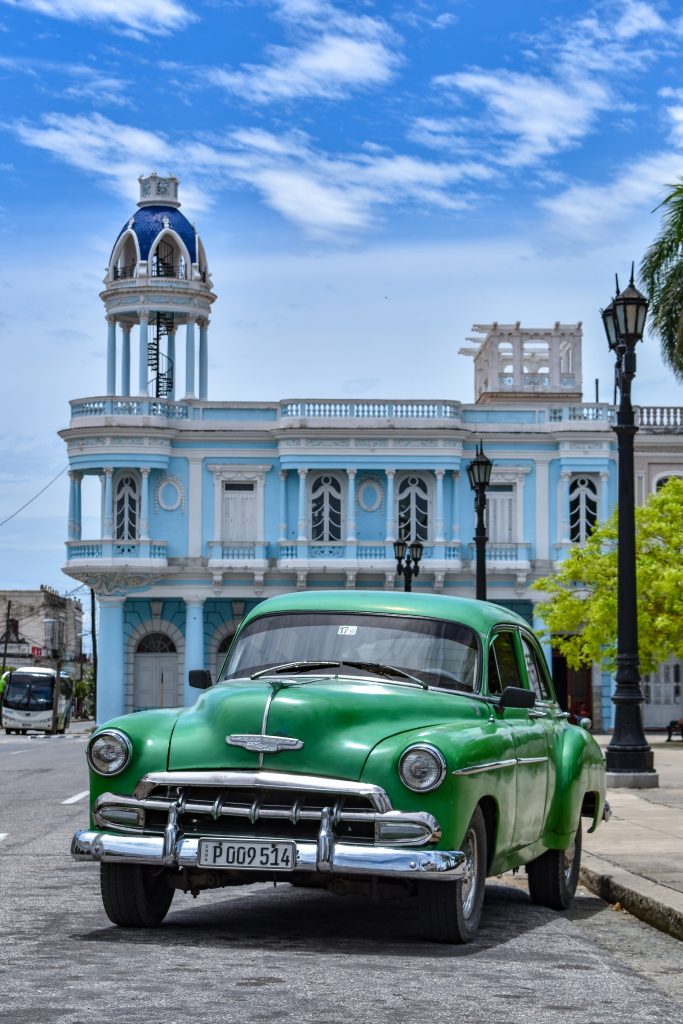
Things to Know
The most important thing to know as an American is that you will ONLY have access to the cash you bring with you. That means no ATM, no credit cards, no banks of any kind, nothing. If you bring 2000 USD cash that’s all you have, so make sure to budget responsibly. Another fun currency hurdle is that if you bring USD to convert you get taxed an additional 10%. Save yourself some money by first converting to a different stable currency before leaving the US. I recommend Euros or Canadian dollars.
Try and find a currency conversion company in your city rather than rely on a bank or airport converter. They often charge much higher fees due to convience.
And finally, Cuba is a unique country because it has two currencies which can be tricky for travelers. Learn the differences so you aren’t tricked and given change back in the less valuable CUP (Cuban Peso).
When in Cuba patience is a virtue you must have. Everything runs on Cuban time. The country is well-connected with a Viazul bus network. However, they frequently cancel routes due to weather or road conditions. Or simply not enough riders. And sometimes (always) buses can take much longer than originally expected. Bring extra funds for transportation.
If you are set on making it certain destinations, you may have to spring for a Taxi Collectivo. But they can be much more costly (and often much less comfortable) than the Viazul bus. In case of unexpected cancellations (which happened multiple times), Collectivos can be found right outside bus stations.
Havana.
Our trip through Cuba took us first to Havana. The capital, the tourist hub, the good food, the classic cars, and the famous architecture. And our introduction to the colorful buildings we would fall in love with in cities to come. If you’re not into museums your best bet for exploring Havana is just wander and get lost in the streets. You’ll stumble upon hidden gem bars and restaurants. See locals sitting on their stoops people watching. And find kids playing soccer in the streets and get to feed 78346 stray kittens and puppies.
One of my favorite sights in Havana was Fusterlandia. It’s an interactive art exhibit made of broken ceramic tiles. Well worth the short taxi ride to the other side of the city. In total, we were in Havana for three days. And I felt that was enough to fully explore the city and get accustomed to the Cuban way of life. A slow pace and a mojito in hand.
Havana, much like any other major city, was filled with street performers hassling you for money. Filled with overly aggressive taxi drivers who charge you 5 times the local amount (or more). And filled with large groups of tourists deposited from their cruise ships. After three days we were ready to head to a more rural area.
Havana Budgeting Tips
Expect to spend a little more here on lodging, food, alcohol….just about everything. Our casas were 30 dollars per night and pretty basic when it came to amenities.
As for food, (Cuban private sector restaurants are always the way to go when it comes to quality) Cuban portion sizes rival America’s. Every entrée comes with a portion of bread, rice and beans, fried plantains, boiled root vegetables like yucca, and often some kind of pickled veggies or salad. This will run you about 8-10 USD and is EASILY enough food for two people to split. Breakfast can be eaten at your casa for 5 USD a person or at a restaurant for around the same. Mojito’s and other rum cocktails cost around 3-5 USD. You absolutely must make it to Hemmingway’s favorite mojito bar: La Bodeguita del Medio. It was always jam-packed with people dancing, live performances, and locals smoking very large cigars.
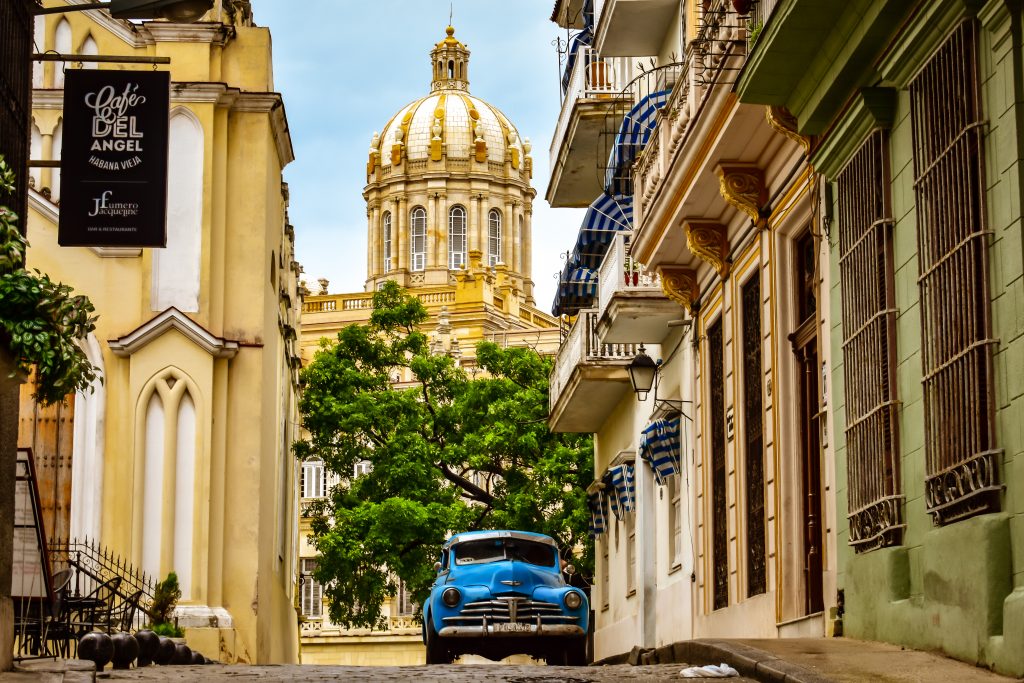
Vinales.
Enter Vinales, this green gem is four hours west of Havana by bus. It is known for the tobacco plantations that provide tobacco for the world-famous Cuban cigars. The town itself was TINY but full of restaurants and adventure if you love the outdoors. We took a 7-hour horseback tour of the Valley of Silence. A local cowboy who showed us coffee plantations, tobacco fields, and where we could buy Cuban cigars directly from the farmers themselves.
Make sure that you see the horses you’ll be riding before you commit to the trek. Many were malnourished or injured and the trails are muddy and difficult for even a healthy horse. My horse Pancho was healthy and happy but not used to being ridden by an inexperienced rider like myself. He tried to throw me in the river, scrape me off on succulents, and would abruptly burst into gallop whenever he pleased. (Aside from that he was a complete angel.)
Other must-see locations in Vinales were the Jazmine hotel mirador (the most stunning viewpoint of the entire valley), the “prehistoric” mural, and the cave bar just outside of town.
If you have time, Cayo Jutias was a stunning stretch of white sand beach just 1 hour outside of Vinales. The beach is filled with mangroves and crabs as well as hordes of mosquitoes, so bring your bug spray. The best part about this beach is that it is fairly isolated. Your likely to only run into a few locals reeling in some lobster and red snapper for lunch.
Vinales Budgeting tips.
Save yourself some money by lumping some sights together! We found a taxi to take us to the cave bar, prehistoric mural, Jazmine mirador, AND onward to Havana for 30 USD per person. Seeing all these sights on our own and then busing back to Havana would have cost us significantly more. And we got to make a whole day of it, stopping wherever we pleased to take photos.
Our driver also took us to the Terraces national preserve and Fusterlandia. This saved us a separate 10 USD taxi ride. EAT THE FOOD AT YOUR CASA!! Vinales
Warning!! After a long day of horseback riding in 90-degree heat, we drank our weight in sangria and mojitos. Unfortunately we found that the ice used was not the filtered kind. Consider sticking to beer or asking for iceless drinks if you have a weak stomach.
After a short pit stop in Havana, we headed onward to Varadero for some quality beach time.
Veradero.
Varadero is a blindingly white fine sand beach. With still, crystal clear, baby blue, bath water oceans with few resorts dotting its coastlines. It’s picture perfect; nothing but you and the sand and the water. Restaurants are located in town away from the water. Carts serving fresh Pina C
Transportation is more likely to be in the form of a horse-drawn carriage than a car. But there was a surprising amount of tourists and an even more surprising lack of traditional Cuban food options. Restaurants were serving everything from fondue to Barbacoa steak. Which don’t get me wrong was still delicious. But my favorite spot was a hidden gem called La Rampa (get the Ropa Vieja!! Honestly, get the Ropa Vieja everywhere you go). If you’re looking for a drink with a spectacular view, it is also well worth the climb to the top of the Mansion Xanadu for the Bar Mirador Casa Blanca.
Get there just before sunset and climb through the side door and up the teeny secret staircase that winds up to the top floor and the view over the water will take your breath away. Before leaving Varadero we hired a catamaran to take us out into the deep ocean for some snorkeling, which turned out to not be that deep! Even 20 minutes from shore we could still easily see the ocean floor beneath us as well as flying fish, snappers who swarmed us for bread, and small needle-like fish that were invisible to the eye from above, but swimming just beneath the surface.
Veradero Budgeting Tips.
Budgeting yourself in Varadero is easy because everything in the town is walkable (if you aren’t staying in one of the resorts). All you need is a towel and some sunscreen and you can spend all day soaking up the sun on the beach without spending a dime.
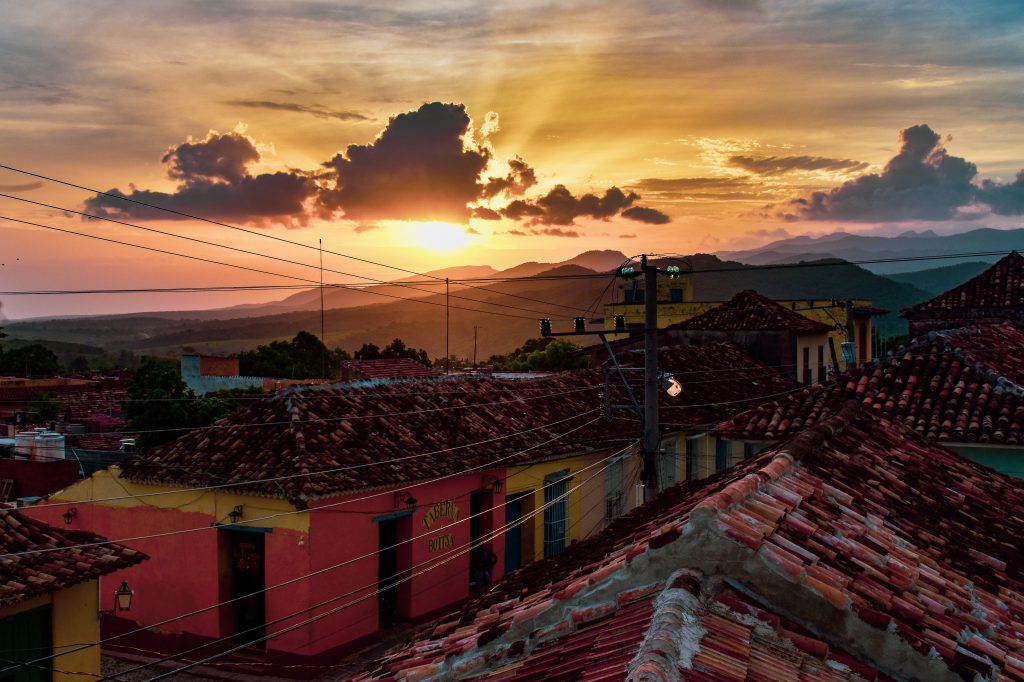
Trinidad.
This city completely changed everything I thought I knew about Cuba and it’s people. We fell in love. The stunning cobblestone streets, red clay Spanish rooftops, and colorful building exteriors were made even more beautiful by a lush green jungle backdrop. The landmark tower in the city center gave us stunning views of the entire city while surrounded by markets and rooftop restaurants, all angled exactly right to get that picture perfect photo when the sun inevitably set behind the mountains. I felt like this was our first glimpse of an authentic Cuba.
What you saw was what you got.
No one was putting on a show for the tourists, sure there were restaurants galore and things to do but it wasn’t a place that foreigners stuck around. People lived in poverty here, families spent their mornings waiting in front of “grocery markets” to be first in line before they sold out of bread and rice for the day.
People asked for donations not of money but of clothes, toiletries, school supplies, anything we had with us to give and we were very thankful that we had brought a few bags of supplies anticipating this moment. We chatted with people on stoops and purchased homemade jewelry from several women who rushed out of their home to greet us as we walked past.
It was a refreshing change to meet real people. People who worked hard and were blissfully happy in their country. Who loved to meet strangers for the sole purpose of making a friend without any ulterior motives.
On a lighter note, Trinidad also had some of the BEST cafe con leche and I was introduced to my favorite traditional Cuban cocktail, the Canchanchara! It’s a combination of white rum, local honey, and lime served in an adorable clay pot and Trinidad claims to be the founding city.
Day Trips.
Just a short drive from the city a long-abandoned sugar plantation lays in ruins that can be explored. Also, a short drive away is Topes De Collantes the national park with tons of waterfall hikes. We knocked them both out in one day by hiring a driver. Moments after arriving at the plantation I snapped some photos and was immediately distracted by a litter of puppies that were living in the mill.
Then we chose to do a short (haha) 5km hike through the jungle that turned out to be a very steep downhill climb followed by a very steep uphill on the way back out. Thank god for the green pool of water at the base of the waterfall. Otherwise there was no way I would have been able to muster the energy to hike back out.
I highly recommend either doing this early in the morning or later in the evening to miss the hottest and muggiest parts of the day. The trail was mostly unmarked so pay close attention because the last thing you want is to get lost in the Cuban jungle.
Playa Ancon
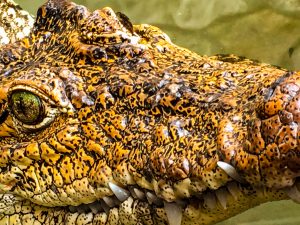
Trinidad also has Playa Ancon just 12 km from the city making it an easy day trip for some more beach time, just don’t plan on eating once you get out there. When we got back to the city we ate at my favorite restaurant. It was my favorite just as much for their mascot, Pancho, as it was for the food and the ambiance. Pancho is a 23-year-old crocodile they keep in a small wire cage inside the dining part of the restaurant. When we asked about him being confined to the cage they explained that he went with them to the lake regularly and swam before coming back with them in the truck. Pet crocodiles go on vacation too. Evan and I ate pizza (It’s everywhere in Cuba, they love Italian food) and piles of mango 5 feet away from Pancho (while the power was out).
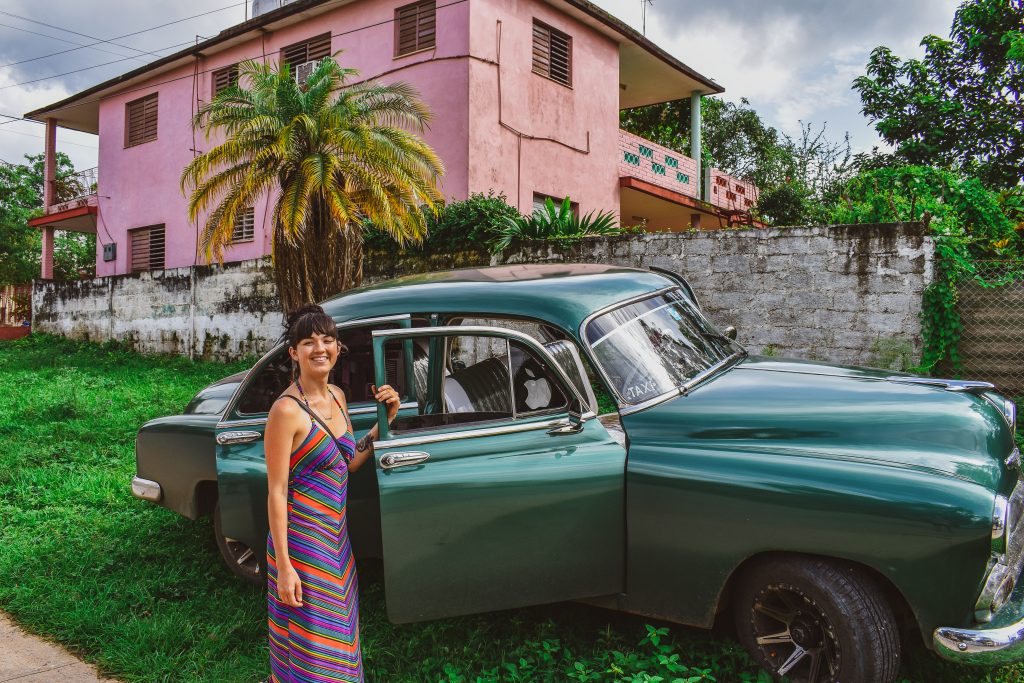
Trinidad Budgeting Tips.
Hire your own taxi. This is applicable
Eastern Cuba.
Originally we had planned to fly to Baracoa on the Eastern coast of Cuba but due to Cubana Airlines recent plane crash and an already unreliable flight schedule, we didn’t make it that far.
This left us with a few extra days and no exact game plan. We decided to make the trip to Sancti Spiritus, a small town known for intricately hand-sewn tablecloths and resembling Trinidad if it had remained untouched by tourism. Being only a two-hour drive from Trinidad, we hired a taxi with plans to bring us by a small market between the cities where we found some adorable pet falcons.
Common practice in Cuba is to pick up more riders along the way and all pile into the taxi or for the driver to make a few
Sancti Spiritus was a hidden gem and hands down our favorite spot in the city was a small coffee shop three stories up called Cafe Colga’o. With a huge menu and everything paid in
Not only was the coffee amazing but we got an amazing aerial view of the town square from the balcony while we sat on the cozy floor cushions. One day in Sancti Spiritus was enough to see the river Yayabo and explore the town square so we headed back to Trinidad to catch the bus to Cienfuegos.
Cienfuegos
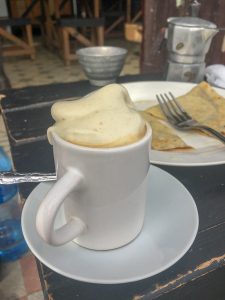
Aside from Dona Nora (our Casa and a phenomenal restaurant), I didn’t fall in love with Cienfuegos. We only had one day there so we attempted to see the flamingoes at Laguna Guanaroca but since we arrived later in the day they had already gone to nest somewhere far from view. Dona Nora, however, whipped up a perfect glass of Cuban sangria which is much more heavy on the wine than it is on the fruit. Powdered cane sugar (used in their mojitos), wine, lime juice, diced guava, and topped with soda water.
We ate kabobs with perfectly cooked chicken, piles of fresh mango, some of my favorite Ropa Vieja we had in the country.
We also witnessed our first Cuban rainstorm.
Most evenings we could see black clouds and lightning in the distance but we hadn’t yet had the pleasure of experiencing the tropical storm downpour that cleared out the streets and flooded many of the roadways surrounding the city. Cienfuegos was a quiet town with a long rich history and we noticed a lot of older tourists meandering about and I have a feeling that if we were more interested in museums and history we would have enjoyed this area more.
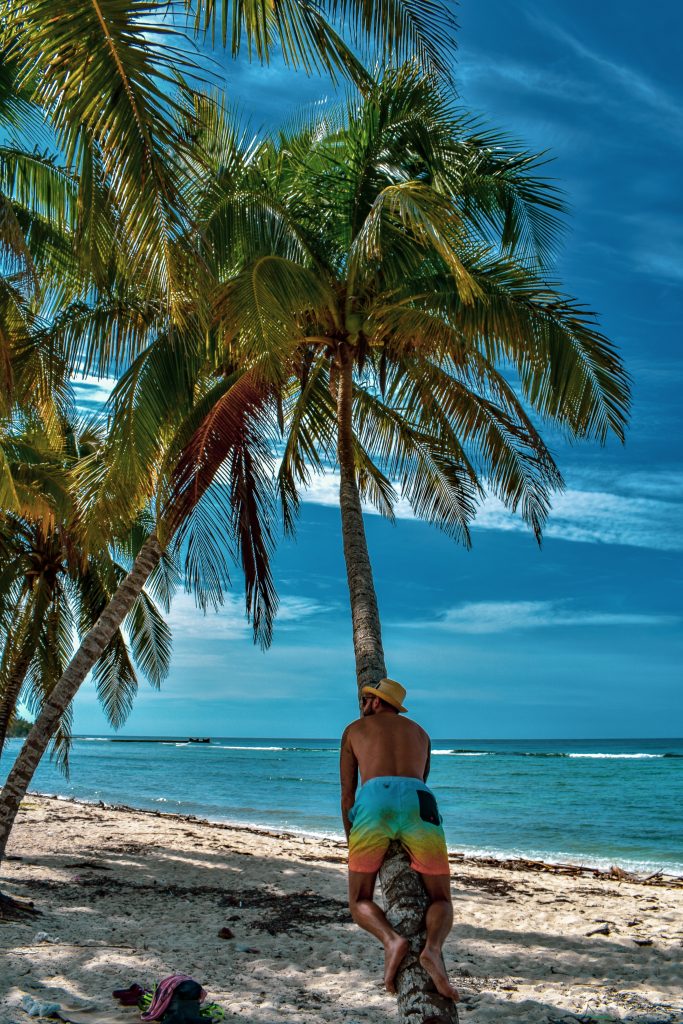
Playa Giron
Our next (and final) destination was Playa Giron, which is a small beach town in the wetlands area of the south coast. The rainstorms the week before caused all buses to cancel routes to the wetlands indefinitely due to extensive road flooding.
So logically we found a taxi driver and his friend who were willing to caravan and attempt to drive us to the town through the water. While we piled into his teeny tiny low riding car I had a moment to question whether this was a smart decision, as the driver seemed slightly hesitant to make the trip, but we took a long route around the majority of the flooding and only had to cross water in a few locations (How are we always so lucky??).
Crocodiles and crabs were abundant in the wetlands as well as wild pigs, puppies, kittens, horses, and swarms of vultures.
The town is one street.
I wouldn’t even call it a town technically more just a cluster of homes. If you don’t like the beach and some serious peace and quiet…don’t come here. One of my favorite sights was every evening as the winds shifted vultures from all over the area would create a kind of vortex in the sky riding the wind gusts. It would start out with 5 or 6 and the next thing you know its close to 100 all swooping together high above the town.
The two main beaches were Playa Giron and Playa
Using the water and the meat from a coconut plucked right from the tree they blended fresh pineapple and white rum together to make a perfect (iceless) creamy pina colada. Also no added sugar!
What’s neat about these beaches is the manmade barrier that blocks a lot of the waves leaving the water still and easily swimmable even for those who don’t typically love ocean swimming. This area is known for snorkeling because you can reach coral reefs straight from the shorelines but watch out for territorial biting fish. Hanging out with beach
Budgeting this Trip
- Casa: 25-30 USD per night
- Food: 30 USD per day in restaurants
- Alcohol: 25 USD for two (drinks are 1.25-5 USD depending on the city)
- Transportation: All cities are pretty walkable aside from a few small attractions on the outskirts like Fusterlandia in Havana and the cave bar outside of Vinales.
- Airport in Havana : 20 USD daytime/ 30 USD nighttime one way
- Busing Between Cities: One-way tickets range from 5-20 USD depending on the length of the ride
- Activities: ?? Whatever your little heart desires <3
- Car Tour in Havana: 25 USD per person to tour all of Havana’s old historical sites by 1950’s American convertible car. (If you tour later in the evening many car owners will offer a 25 USD for two deal)
- Horseback Riding Tour: 5 USD/person/hour, ours cost us 35 USD each but we went on a freakishly long ride
- Cayo Jutias: 40 USD round trip Taxi Collectivo for two
- Topes de Collantes/Sugar Plantations: 40 USD Taxi Collectivo for two
- Playa Ancon: 15 USD for Taxi Collectivo
- Souvenirs: 100 USD (we bought A LOT of Cuban cigars in Vinales which is also a great place to buy AMAZING local honey as well as rum distilled from a small variety of guava)
Including our souvenir purchases, we ended up spending around 140$ USD per day for the two of us. This cost can easily decrease if you drink less alcohol or spend less money on cigars (for the budget traveler) or it could quadruple for the resort lover who will spend more than 140$ USD a night on just accommodation.
Cuba was a difficult country to navigate but an unforgettable experience that I would never take back. If you’re looking for adventure Cuba should be at the top of your list.
Need Some More Cuba Inspiration?
- How to Travel to Cuba as an American
- Viñales, Cuba: Visiting the Tobacco Plantations
- Your Complete Guide to Cuba’s Best Beaches























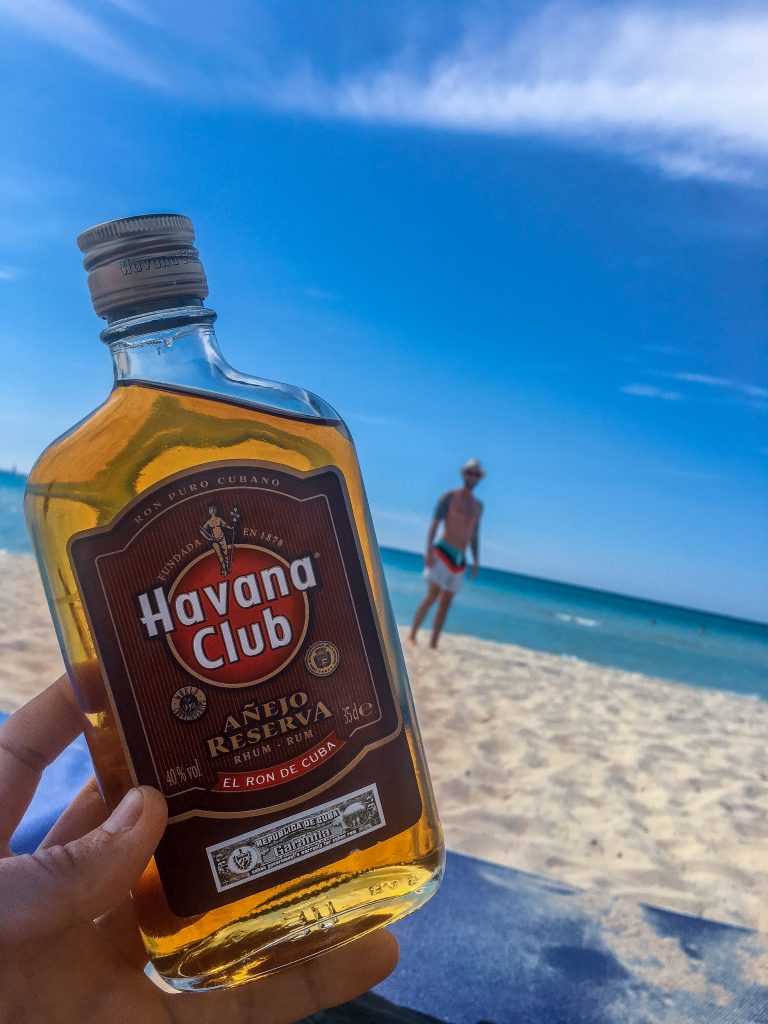
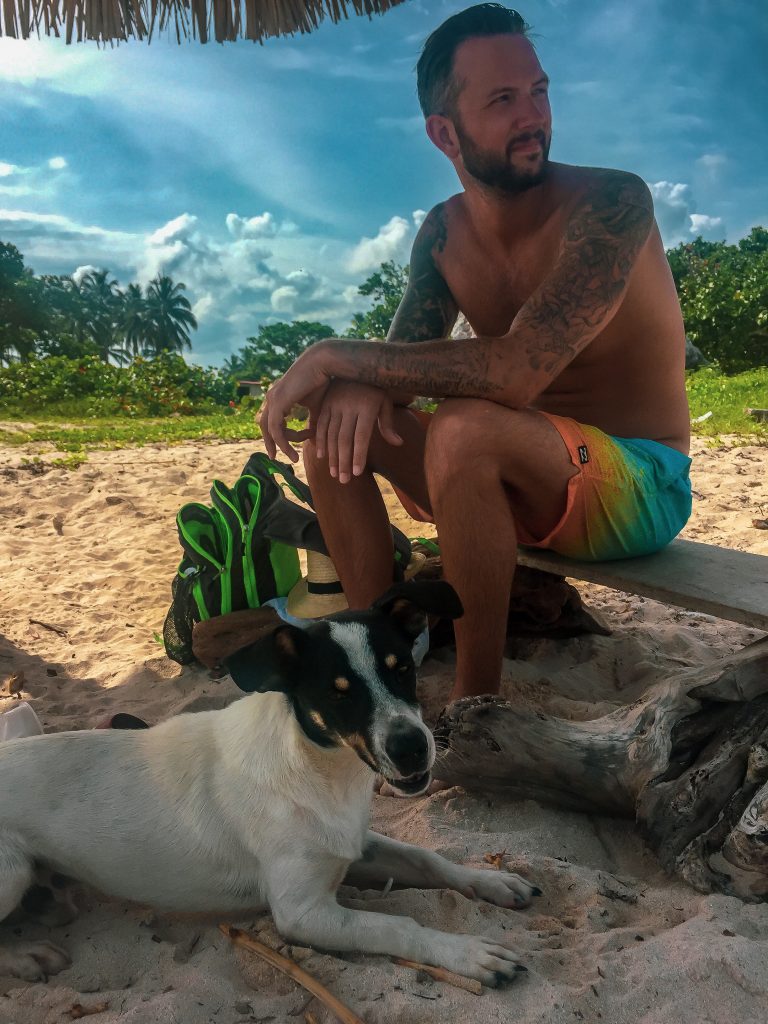
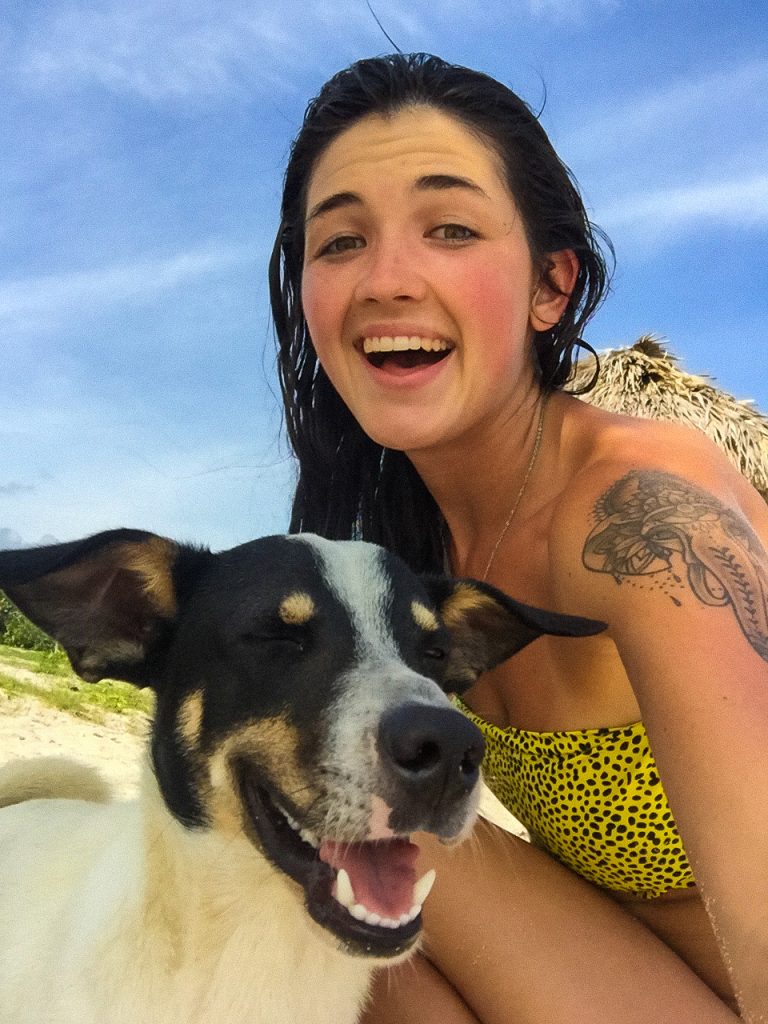
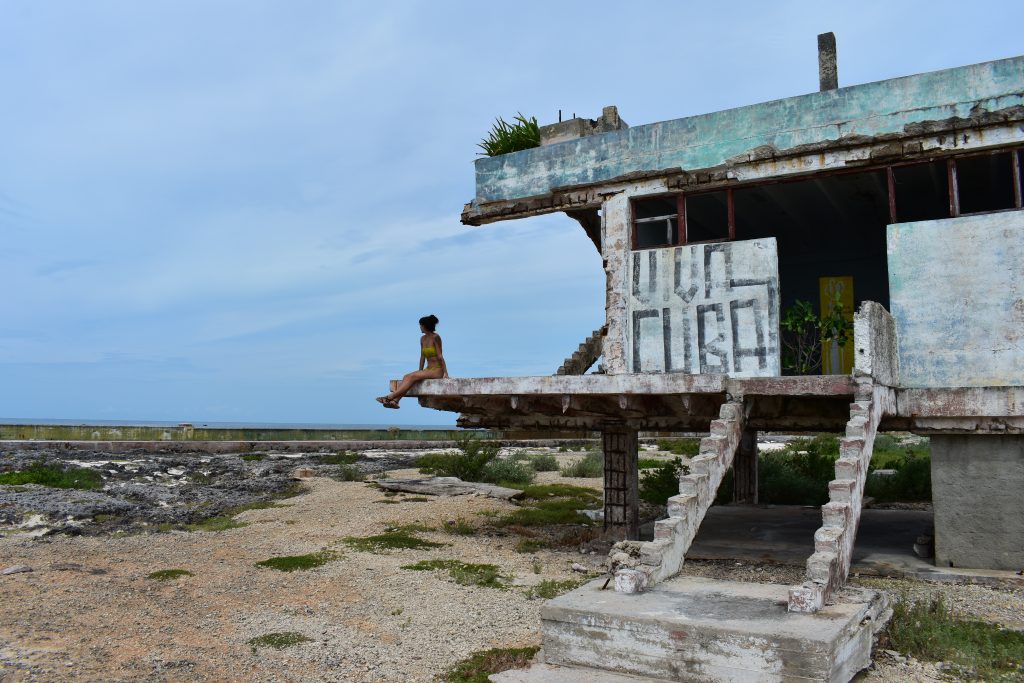
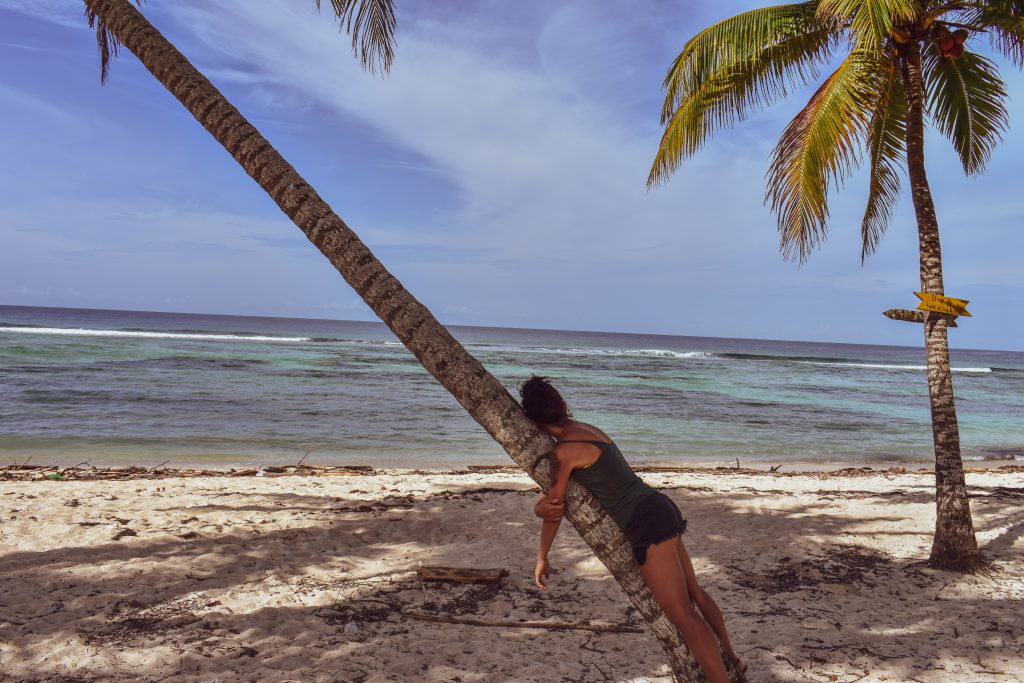
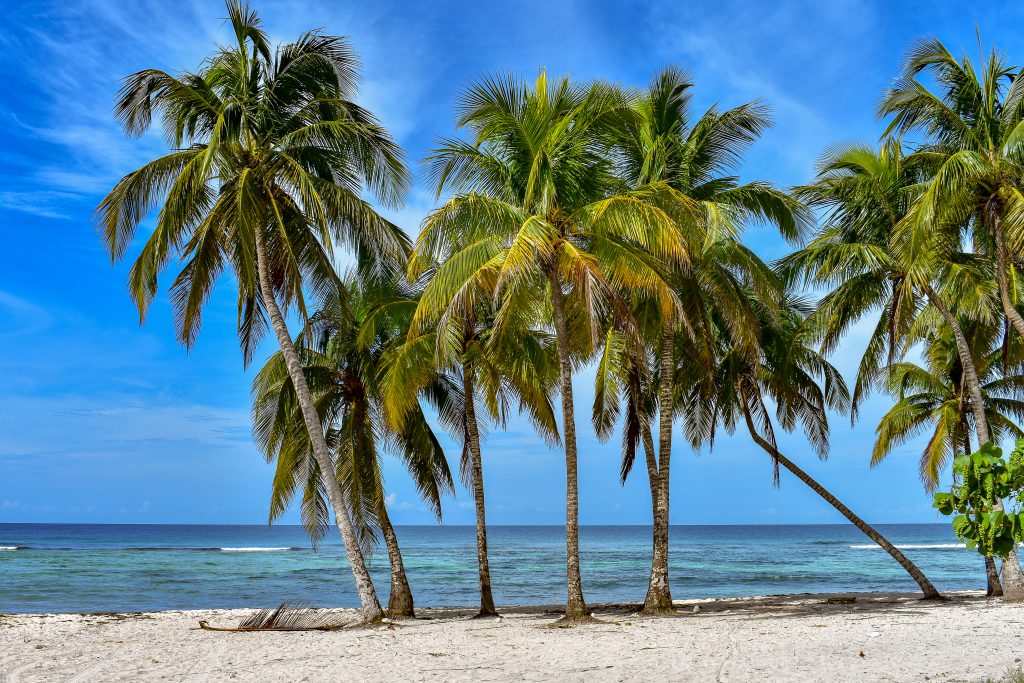
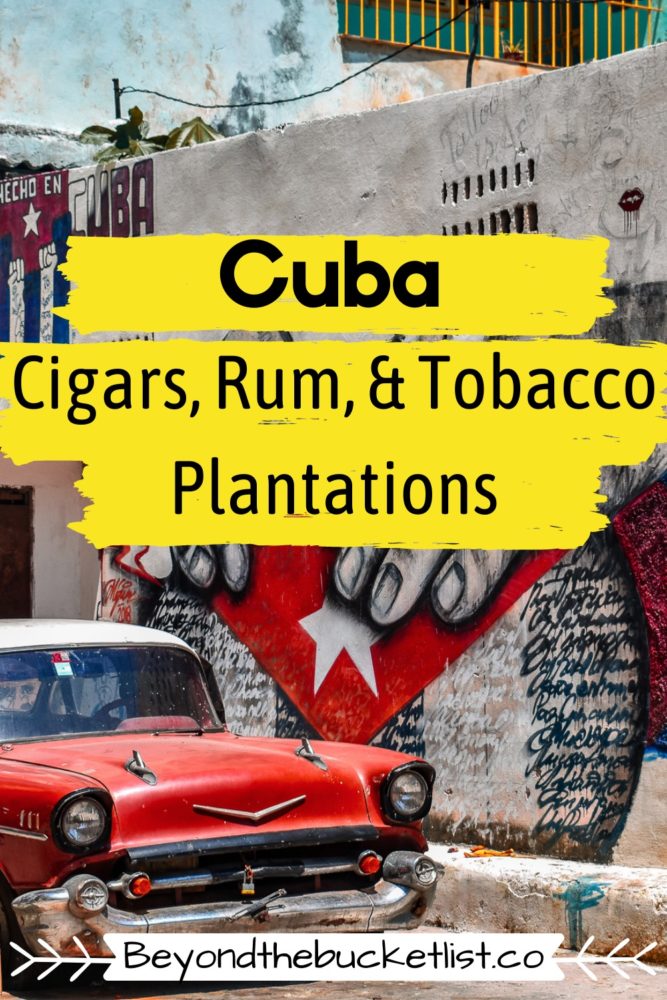

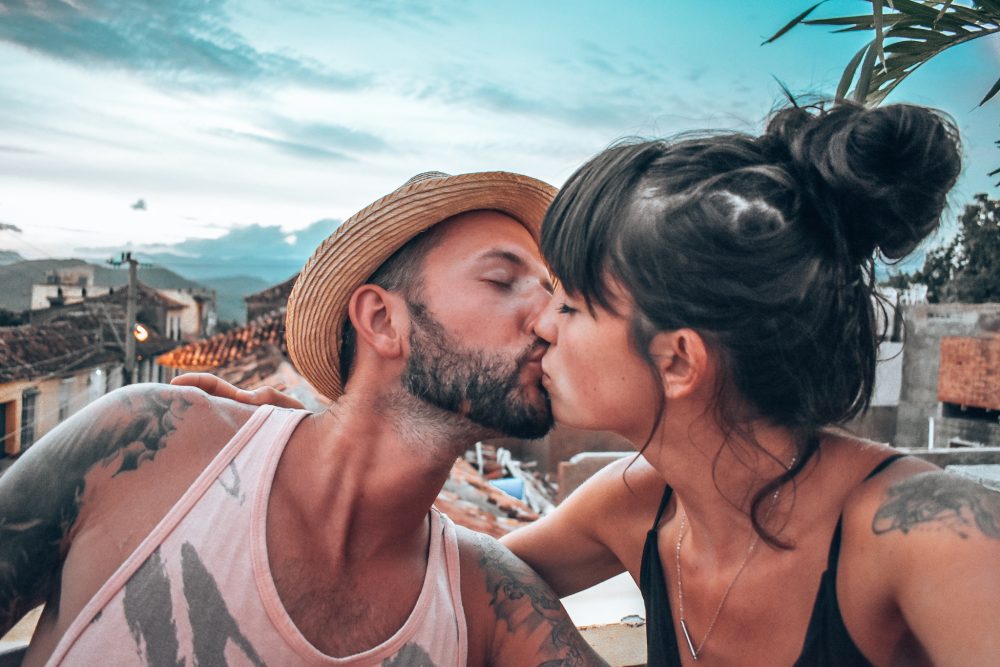
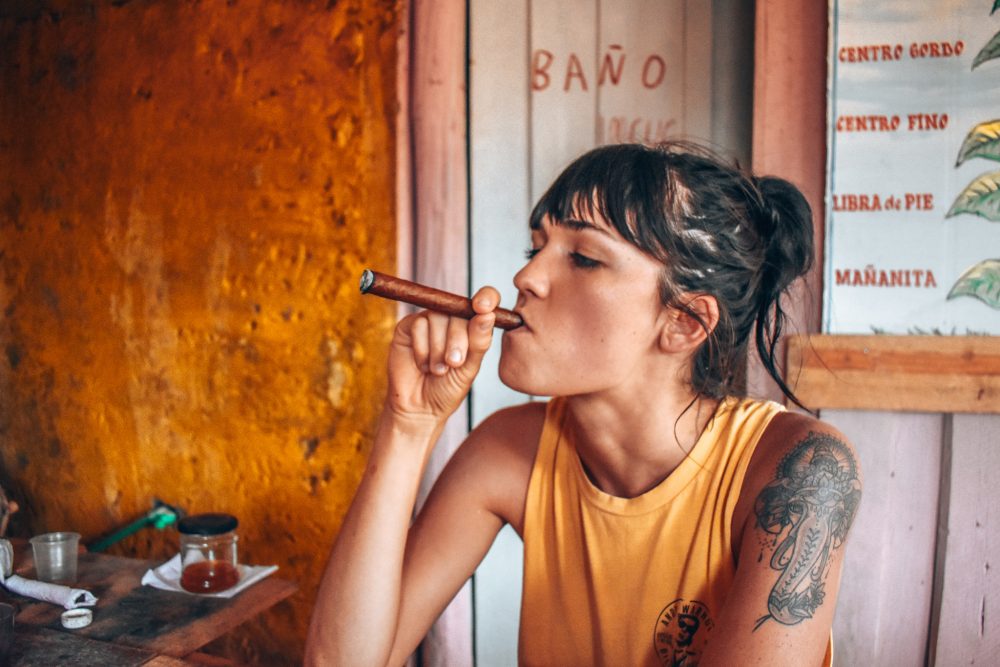
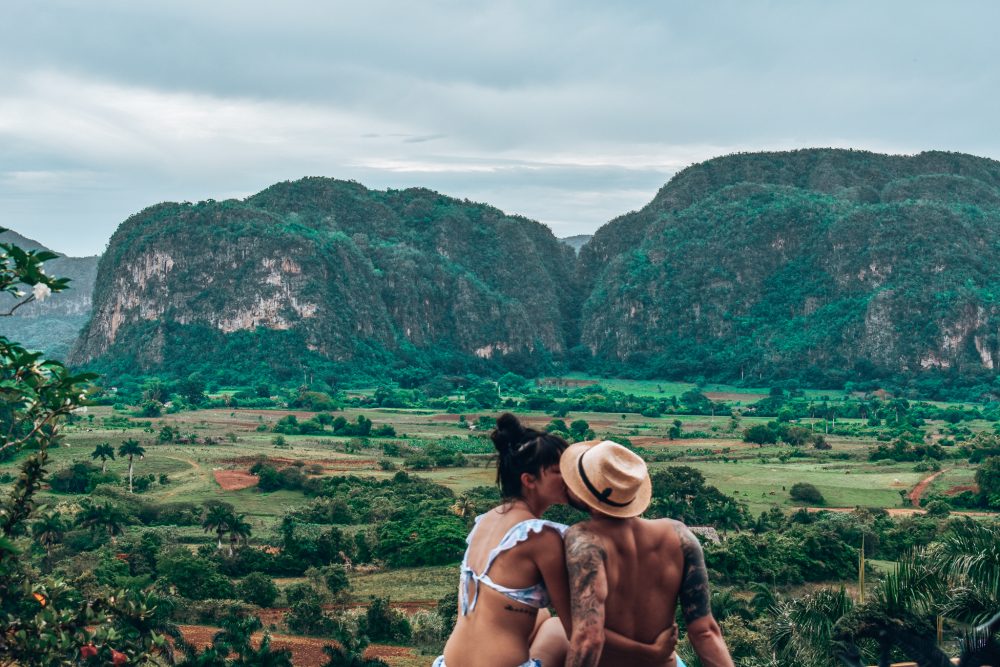
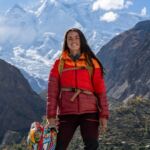

No Comments